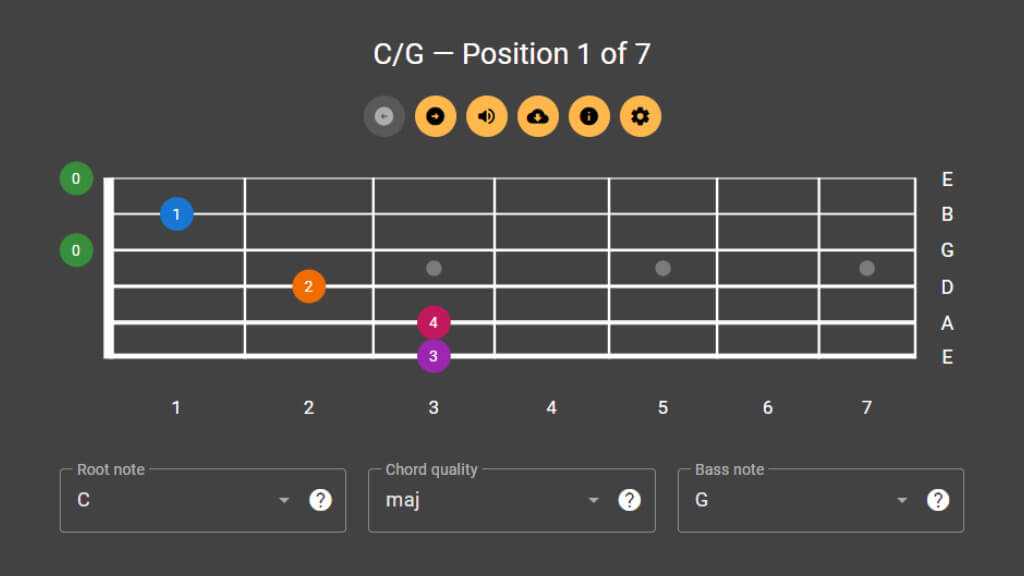Formula and Structure of the Bbmaj13 Chord
Interval formula from the root note: 1 — 3 — 5 — 7 — 9 — 11 — 13. The chord consists of the following notes:
- Bb — unison and the main tonal anchor.
- D — major third with a bright major quality and clear stability above the tonic.
- F — perfect fifth, stabilizing the triad and adding tonal grounding.
- A — major seventh with a smooth jazz sparkle and slight tension toward the octave.
- C — major ninth, opening the top line and adding airiness to the texture.
- Eb — eleventh with a spicy fourth above the octave, best voiced apart from the third.
- G — thirteenth with a warm sixth above the octave, sounding beautiful in the top voice.
Together, these notes form the harmonic foundation of the Bbmaj13 chord, defining its sound and role in the musical context.
Alternative Names for the Bbmaj13 Chord
This chord may appear under different names:
- BbΔ13
All variants refer to the same harmonic structure.
Using the Bbmaj13 Chord
Place the 13 in the top voice to highlight its radiant, warm quality. Combine with the 9 for a soft yet rich texture. In the middle register, separate the 3 and 11 to avoid muddiness. Use for final chords and outros where a lingering aftertaste is important. Avoid excessive doubling of the 13 in the bass — it will lose its brilliance.
Conclusion
Bbmaj13 is an expressive and versatile chord. Learn several fingerings, experiment with different positions and voice spacing, then try weaving it into your own playing — this will help you quickly find your unique tone.




![[Spider-Man] Hero — Nickelback (Fingerstyle Guitar + Vocal Cover)](https://dmitrypimonov.com/api/files/2f5fdfaf-b3e3-4697-8990-512932d05088/content/1920/1080/medium.jpg)








